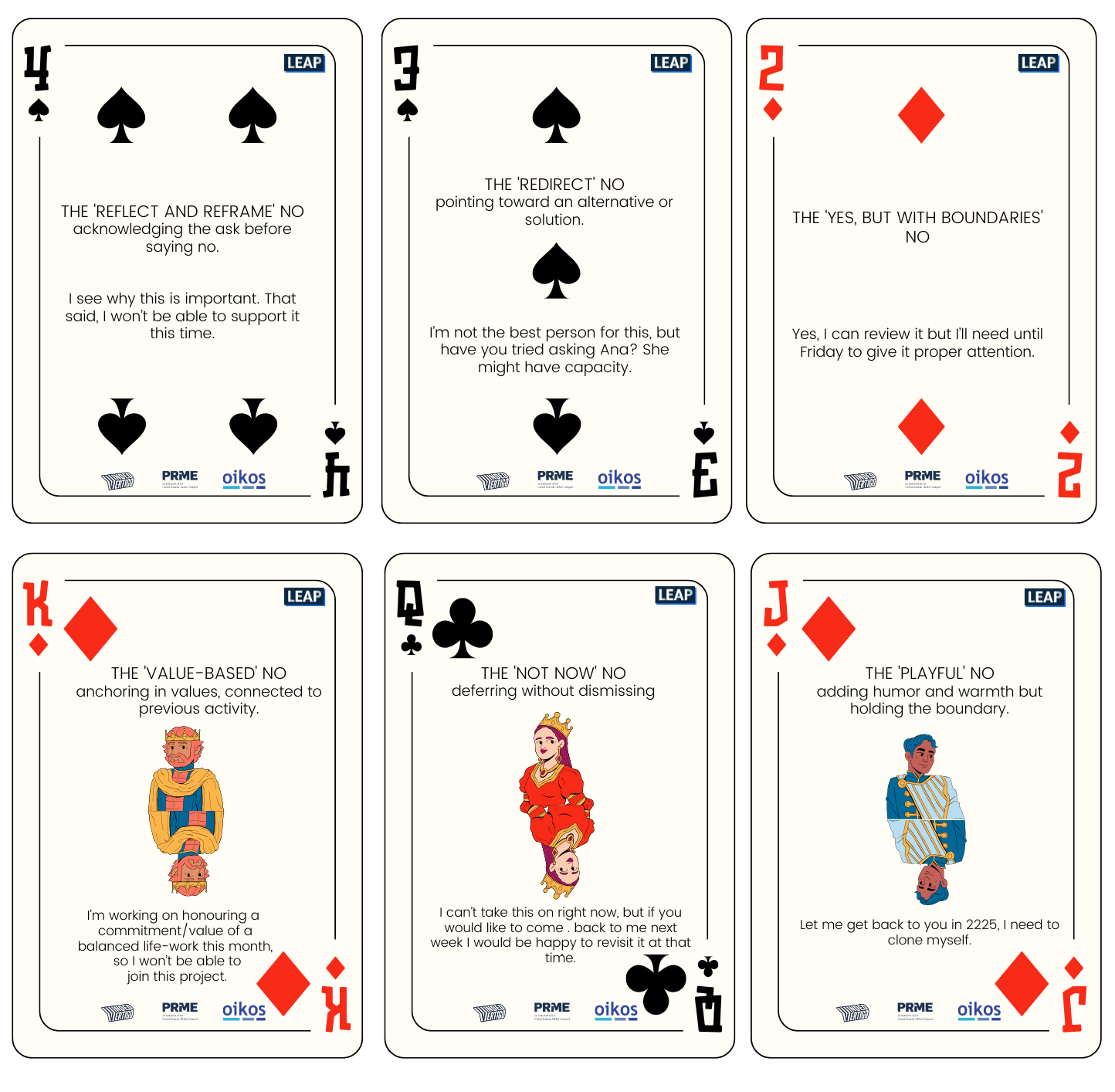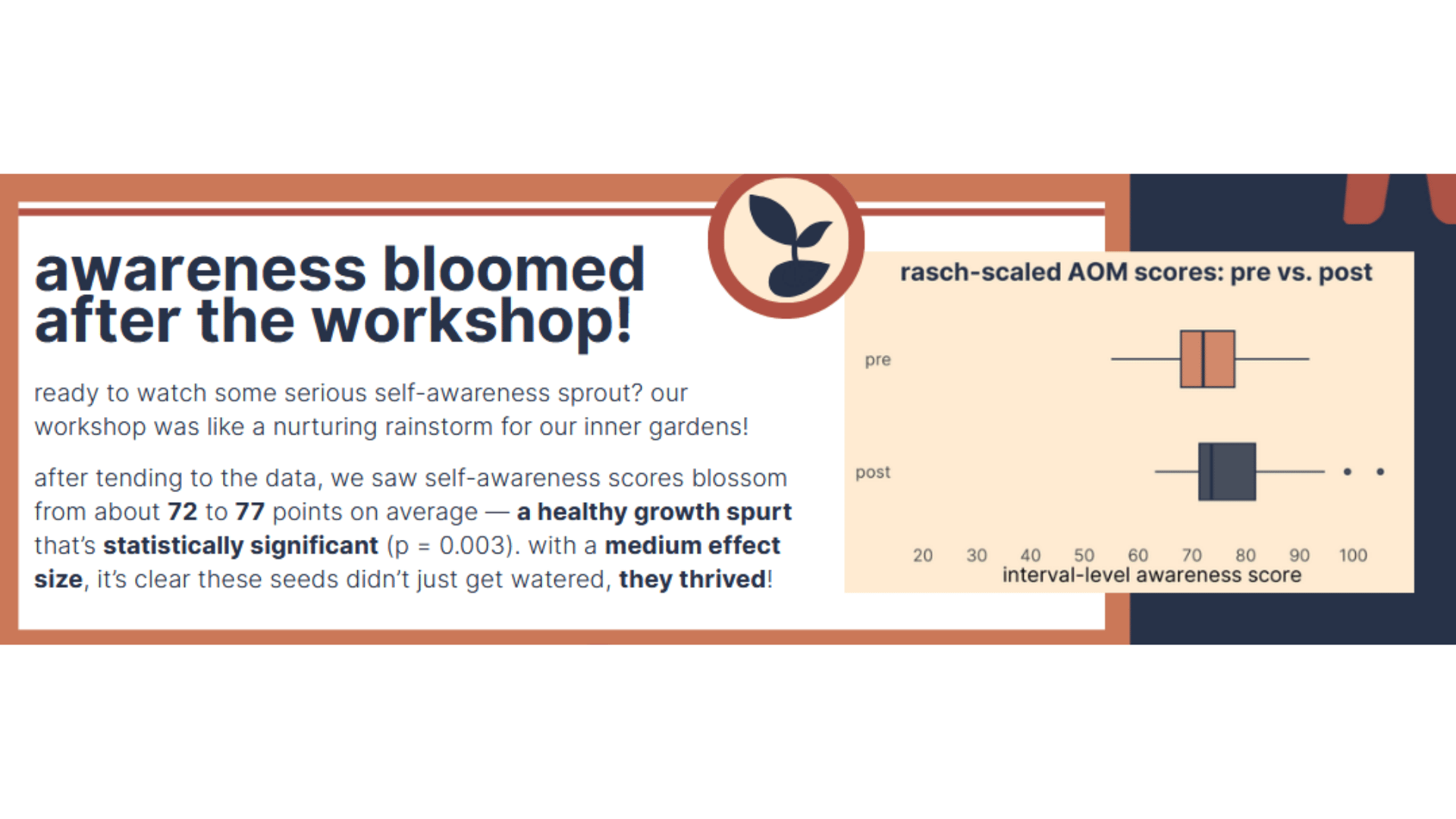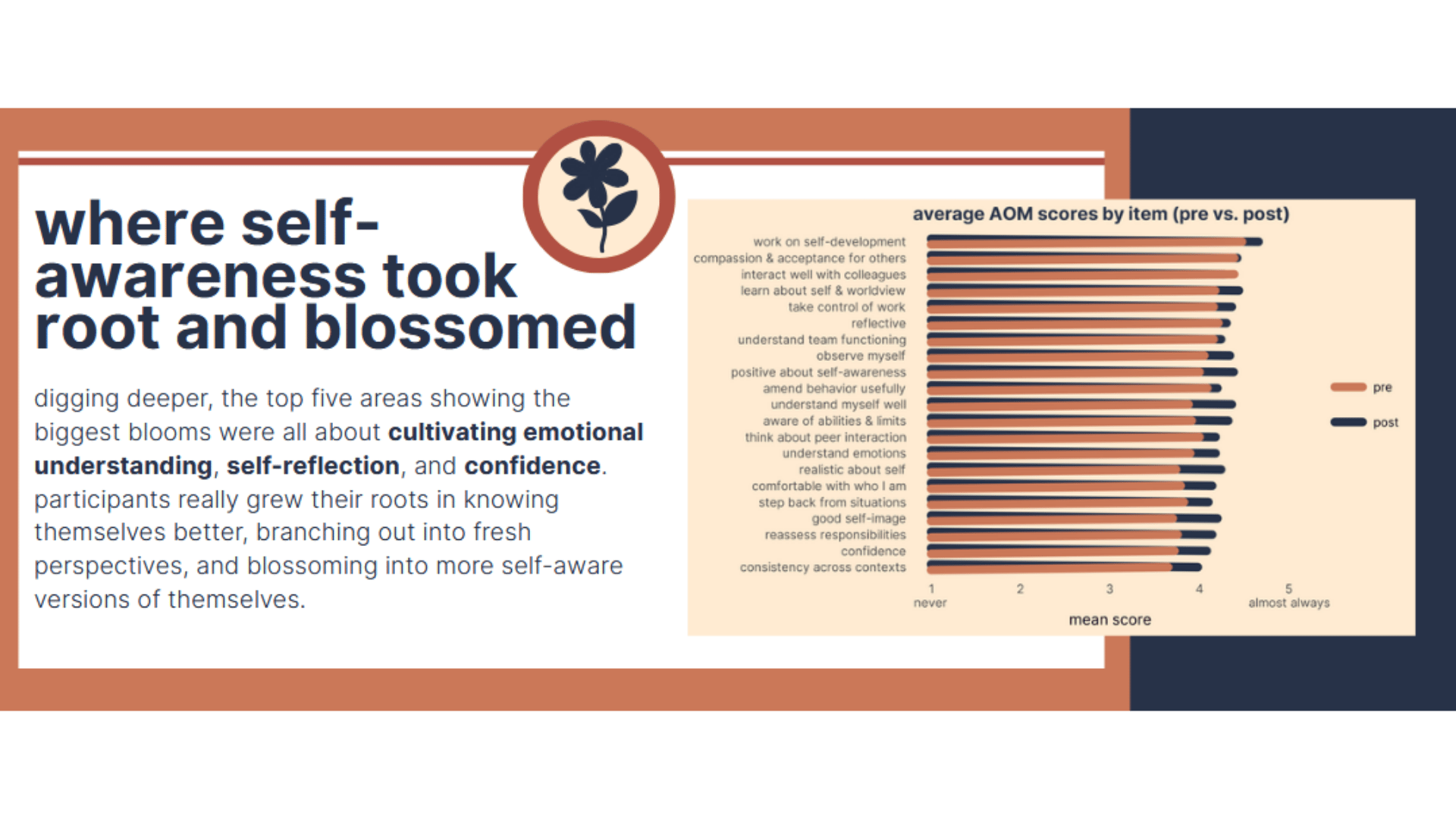
Leadership today needs more than just smarts or strategy. It asks for a deep connection with ourselves, with the people around us, and with the wider world. Perhaps this connection is even more so important nowadays to allow us to better understand and navigate through the polycrisis that our planet is currently undergoing. In such a world, eco-anxiety and climate grief are ubiquitous, with a Lancet study finding that 60% of young people are extremely worried about the climate, and nearly half said it’s affecting their daily lives.
In order to move forward, we need resilient and sturdy leaders. But what does it mean to be a resilient leader? Someone who can feel and sense the system (Arawana Hayashi), who can hold space for both grief and joy, who listens with care, shows up and stays with the trouble (Donna Haraway). Someone who doesn’t abandon their own needs in the complexity of it all. They are connected to their values, not the ones handed down by systems, but the ones they’ve chosen. They act in line with those values. They set boundaries. They honour their needs and respect the needs of others, too.
These leadership qualities were the focal point of the LEAP 2025 June workshop, co-created and hosted by our LEAP team together with last year’s alumni Jackie Colmar and the program’s Community of Practice facilitator, Hannah Gredley. The workshop was designed for impact, but to better understand the results, we need to measure it. This is where our collaborators at Winded Vertigo and their masterfully crafted surveys come in, by now an integral part of the openings and closings of our LEAP 2025 sessions.
Understanding values to define boundaries
This workshop started off with the activity of identifying participants’ values. This fairly simple, yet very effective practice has been a standard part of our program for years. It gives participants the space to reflect on the values they hold important, but also aligns them according to which ones they rank as the closest to their hearts. Both individually and in small groups, they had the chance to acknowledge and share why they hold such a place, but also how they affect their actions and shape their leadership.
The second part delved into boundaries: why they’re important, how we set them, and that it’s okay to sometimes say ‘no’. It explored the different ways of saying ‘no’, not only verbally, but also through body language, gestures, or movements. Hannah Gredley of the Somatics Collective led participants through a centering exercise. It served to get them to know themselves, which is necessary for setting boundaries and better understanding their own actions.
A good leader is one who can set boundaries, but in order to do so, one must know how and when to say ‘no’. The following exercise unraveled the many meanings of ’no’, the understanding of which is a prerequisite to setting healthy boundaries. Participants were paired up and given an imaginary scenario in which they would get the chance to practice these different ‘nos’. Our hosts represented all of them with a deck of playing cards for participants to take with them and practice on their own.

Finally, the workshop created a space for reflection on previous exercises, looking back at participants’ core values, how their actions align with them, and what space for improvement is there. They were then once again paired up to discuss small actions they will commit to following the workshop in order to better align with their core values.
What it meant to participants?
Winded Vertigo provided us with a snippet of what the surveys gathered.





